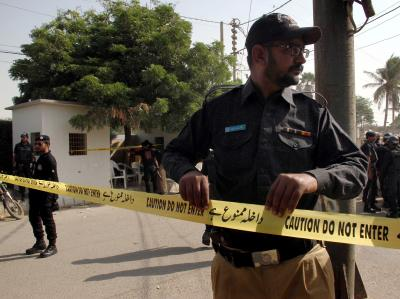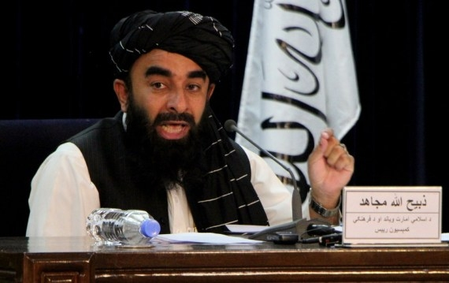
Dhaka, Dec 12 (IANS) As temperatures have plummeted in recent weeks in Bangladesh, the capital city Dhaka’s air quality has worsened to a large extent, creating untold suffering for millions of people in the megacity.
Dhaka, which has long been grappling with air pollution issues, ranked third on the list of cities worldwide with the worst air quality with an air quality index (AQI) score of 206 at 9 a.m. local time on Thursday. With an AQI score of 241 at 9:00 a.m. local time Tuesday, Dhaka ranked first in the cities with the most polluted air, Xinhua news agency reported.
An AQI between 151 and 200 is considered “unhealthy”, while 201-300 is “very unhealthy” and 301-400 is considered “hazardous”, posing severe health risks to residents.
Noting that the air quality in Dhaka and its surrounding areas has deteriorated to unhealthy and sometimes hazardous levels (AQI above 250), the Bangladeshi interim government Tuesday advised the public to wear masks when outdoors, while sensitive individuals are requested to avoid going outside unless necessary.
Asadullah Al Ghalib, a lawyer of Bangladesh Environmental Lawyers Association (BELA), told Xinhua that there are several main sources of pollution in Dhaka, including construction, vehicle emission and household pollution in and around Dhaka during the winter season.
Experts here said that the pollution level in Dhaka is on a steady rise with the temperature dropping fast and other meteorological factors, like wind speed slowing down and haze setting in, while saying the dry northwesterly wind has started breezing in, and it is expected to push temperatures down further soon aggravating the entire air pollution situation.
As per the World Health Organization (WHO), air pollution kills an estimated seven million people worldwide every year, largely as a result of increased mortality from stroke, heart disease, chronic obstructive pulmonary disease, lung cancer, and acute respiratory infections.
Mohammad Mushtuq Husain, the former adviser to the Institute of Epidemiology, Disease Control and Research under Bangladesh’s Ministry of Health and Family Affairs, said the health risk grows manifold with exposure to high concentrations of PM2.5 for day labourers, particularly those who work in the air. He said breathing in such toxic air can lead to a host of health issues, including respiratory infections, heart disease, stroke, and lung cancer.
He stressed the need for immediate short-term, medium-term, and long-term measures to protect people from the adverse impacts of airborne diseases because of which hospitals and clinics during this time of the year witness a big rush of patients with respiratory distress.
Syeda Rizwana Hasan, adviser to the Ministry of Environment, Forest, and Climate Change, said recently that the government has developed the National Air Quality Management Action Plan for strategic actions to tackle the sources of air pollution, improve air monitoring, and enhance enforcement mechanisms.
It provides a roadmap for implementing stringent regulations and promoting cleaner technologies in industries, transportation, and urban development.
The Environment Adviser said the action plan is a part of Bangladesh’s broader strategy to achieve sustainable environmental targets, with a focus on reducing the alarming levels of pollution that affect both rural and urban areas.
–IANS
int/rs/kvd




